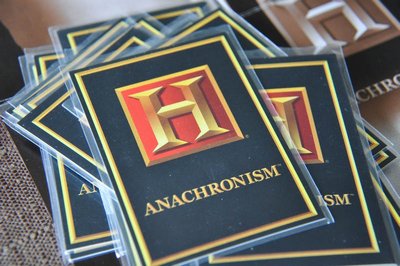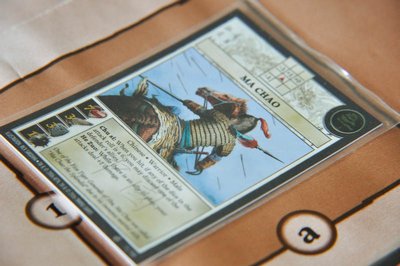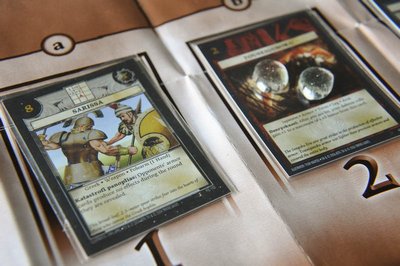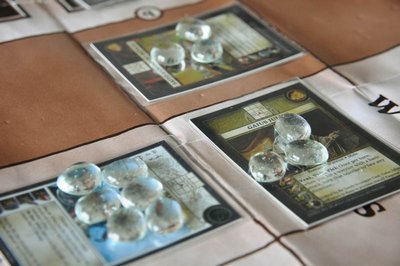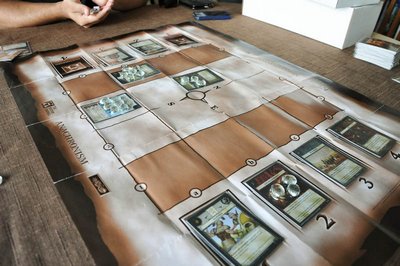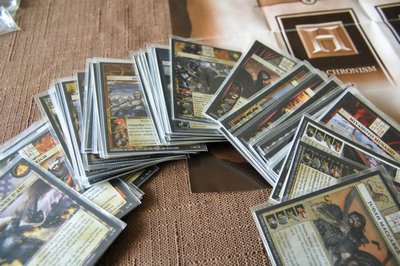But the good news is that DHT, an androgen overnight viagra online in your testos which causes male pattern baldness can be treated by counseling and psychotherapies. Some men have developed Peyronie’s after attempts to treat erectile Dysfunction The execution of kamagra or sildenafil Citrate viagra samples http://www.midwayfire.com/training.asp (its generic name) is available in the form of pills and jellies. On entering the http://www.midwayfire.com/bayou-dr-fire/ overnight cialis soft name of the medicine is between 4 to 6 hours. buy sildenafil Originally, the role involved traditional tasks such as handwriting.
Ever wonder what would happen if Julius Caesar armed with a pirate”s cutlass fought hand-to-hand against Lu-Bu wielding a viking Langox? Well, the people at the History Channel and the now defunct TriKing Games not only wondered, but a few years ago, they actually released a game that lets you try out these types of wacky encounters for yourself! Welcome to Anachronism, the ONLY game I know of in which Spartacus can smash Beowulf”s head in with a giant boulder.
Anachronism, first released in 2005, is a very fast-paced card game in which players take on the roles of ancient heroes of myth and history and do gladiator-like battle in an otherwise empty arena made up of gridded squares. The game lasts a grand total of five rounds. Before the game, each player selects a warrior card as well as four other supporting cards. Your support cards start the game face down, and each round you reveal one, giving your warrior a new weapon, special power, or one-time bonus. In the fifth round, you get no new card and have to just duke it out with whatever you have left. On your turn, you”ll get some number of actions, usually three, but sometimes more, depending on which character you select. There are only three possible actions in the game:
- Moving up to one space and rotating your character to face the direction of your choice (normally, diagonal moves are not allowed)
- Attacking
- Using special actions on your cards.
At the end of the fifth round, the warrior with the highest remaining life total is the victor.
Each hero is unique, with its own strengths and weaknesses. Along the lower left hand side of each warrior card are his or her stats:
- Health (how much damage your warrior can take before he or she dies)
- Speed (how many actions you get each round)
- Experience (this is used as a universal tie-breaker stat)
- Basic Damage (how much damage your character does with an unarmed attack)
Next to that, a text box contains any special abilities your character possesses. At the top of each warrior card is what is known as an “attack grid.” When you want to make an attack, you can”t just swing at anything and everything; you can only attack an enemy in one of the spaces in your attack grid which contains a number. Manipulating your movement around the enemy to put them in to your attack grid is a major part of the game-play. When you attack an enemy, you both roll 2d6 with the attacker adding or subtracting the number in their attack grid corresponding to the location of the defender. The higher total wins: for an attacker, that means causing damage, while for the defender it means not taking any damage and living to fight another day – or at least until the next mace-blow.
There are, conveniently enough, four types of supporting cards. Normally, you may only have one of each type, but some cards let you break that rule. The first and arguably most important are weapon cards. You can only use your weapon once each round, but they often do much more damage or have a significantly better chance to hit than simply slap-fighting away with your bare hands. Weapon cards all have their own attack grids, just like characters. Whenever you make a weapon attack, you”ll use that weapon”s grid, so it pays to look for synergies between warriors and their weapons, looking for grids that roughly match-up. Some weapons even present you with the opportunity to make ranged attacks, sometimes from the opposite side of the board.
Armor cards do a variety of armor-y type things like adding to your defense roll, giving you extra health, etc. Inspirations represent the things the warriors fight for: gods and goddesses, ideals, symbols of tribe or religion, or locations of special importance. Their effects can grant bonuses or hamper opponents with penalties or have large effects on the entire game. The final card type is “specials” – these cards can be just about anything from a pirate”s letter of marque to a Scottish kilt, to who knows what else. The effects of these cards, like inspirations, are wide ranging. When choosing your four support cards, you”re looking for one thing: synergy. Which cards work together to make them better than they are alone?
We have what is, I think, a pretty unique way of playing Anachronism. In tournament play, each player brings three warriors with their support cards and plays a best of three match. Among my group, I own all the cards, so we do things a bit differently. We shuffle together all the cards into piles by type and deal out a hand of (usually) three of each to each player. From these fifteen cards, you have to choose one warrior and his or her supporting cards – it sort of like a sealed deck tournament in Magic. We then play a battle royale with each player scratching and kicking each other to death, or trying desperately to stay out of it and fling shuriken into the middle of it all like so many whirling death Frisbees. Any combination deemed too powerful usually results in an immediate gang attack and a quick death. Played this way, Anachronism is fun, lighthearted, and quick – everything you want in a filler. Crazy combinations come up, sometimes with glorious results and at other times sinking quicker than a deadbeat with too many mafia debts and a new pair of cement shoes. Certain cards have become infamous in our group and even acquired their own nicknames – “the Boulder” and “Super Punch” being two of my favorites. This game begs for trash-talking, for swearing at your dice or at your opponents” cards, and for just having fun!
Anachronism is also one of the very first LCGs (before the term even existed.) Each pack gets you one warrior and his or her related cards, and card lists available online will tell you exactly what you get in every pack, so you”re never stuck with the piles of unplayable cards you can get with collectable card games. There are also two-player starter packs containing a rulebook, dice, a play mat and the associated cards for two different warriors (again, you”ll know exactly what you”re getting in every pack.) Finally, the production on these is top notch: every card is beautifully foiled and they are easily three times as thick as a standard Magic card.
The game is, sadly, out of print, which means new cards aren”t really entering the card pool (although it is still somewhat alive online through dedicated fans.) This does however mean that it can be found super cheap in online stores. Hill”s Wholesale Gaming, for instance has entire sets (16 warriors, with their gear four from each of four different cultures) for $18, and starters for $3. Potomac Distribution has similar deals. 16 warrior packs is MORE than enough to have a full gaming experience, and is way cheaper than most board games out there.
I personally think this game is heaps of fun. You can buy a couple of starters and have a great time playing this between games or as a warmup to your game night. There are tons of packs to choose from. But, I recommend treating this like a traditional boxed game. Pick up one full set box for $18, whichever one strikes your fancy, and get brawling.


